What makes a ten grand bike so special, when you can get almost an identical one for less than half price, from a different brand? How do we assign value to objects? And what’s the actual definition of luxury?
To discuss craftsmanship, passion and modern luxury we invited three people who surely must know about it: Chris Reitz, grandson of Ferry Porsche and former designer at Alfa Romeo, ex pro-cyclist and entrepreneur Christian Meier and former racer and UNNO-Bikes founder Cesar Rojo.
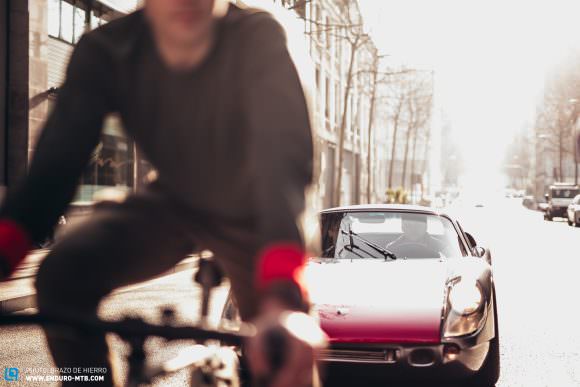
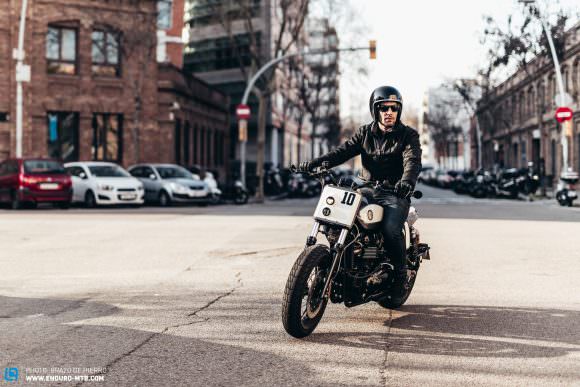
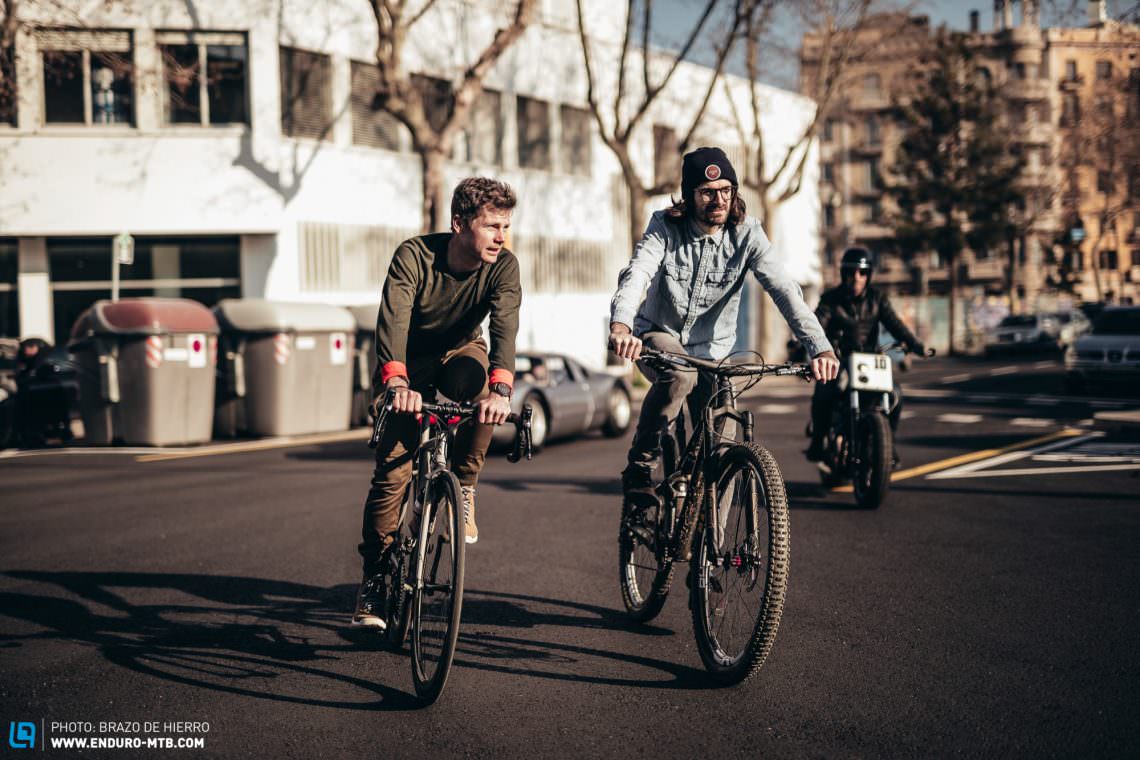
The precision of a 1930’s Panerai Radomis, the silhouette of a Porsche 904 GTS, the exclusivity of a 100% handmade carbon bike, the artful preparation process of a delicious artisan coffee or the fascination of a custom-made racing bike – as different as the nature of our participant’s passion might be, the attitude behind it is the same: as creatives, business people and visionaries they managed to chase their dreams.
We gathered these three individuals inside the spacious Skye Coffee Co. in Barcelona, waiting to see what would happen. Each of them was allowed to take their favourite piece of design along. Boosted by some prime-quality caffeine, initial curious looks quickly became animated, deep discussions, which would massively exceed the scope of this article. That’s why we decided to boil it all down and report the most exciting highlights of this stunning encounter.


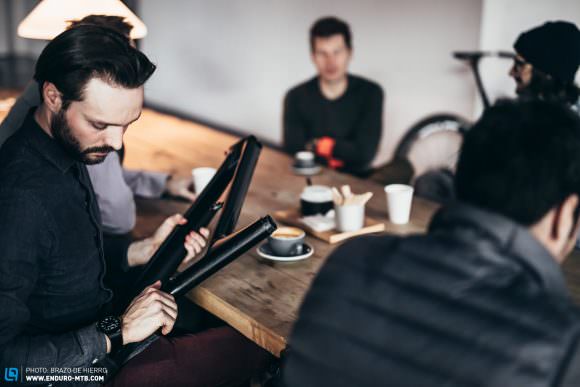
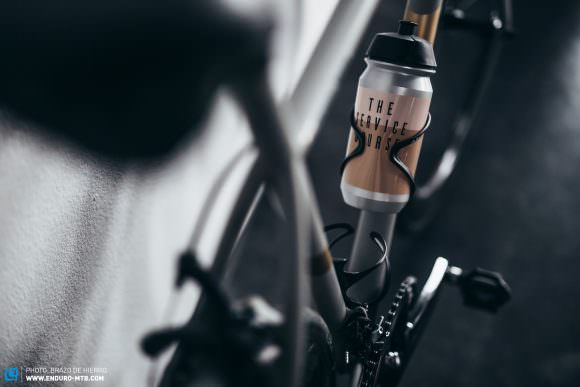
Anything but standard.
For many of us the prohibitively expensive likes of Santa Cruz or Specialized top-of-the-range bikes are simply not exclusive enough anymore. That’s why boutique-bikes and posh custom-builds are experiencing a massive come back, a true celebration of craftsmanship, creativity and individualism. UK trails are experiencing a surge of custom-steel full-sussers, in Barcelona Cesar Rojo develops a strictly limited series of exclusive carbon bikes under his own UNNO label. Custom paint-work with Trek Project One? Waiting times of over six months for bikes that can easily cost up to 10,000 €, are becoming an acceptable alternative for more and more people – if the result is unique and rare, that is. But why are people willing to reach this deep down in their pockets?
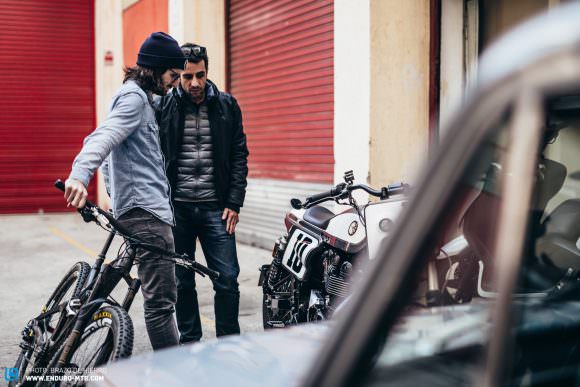
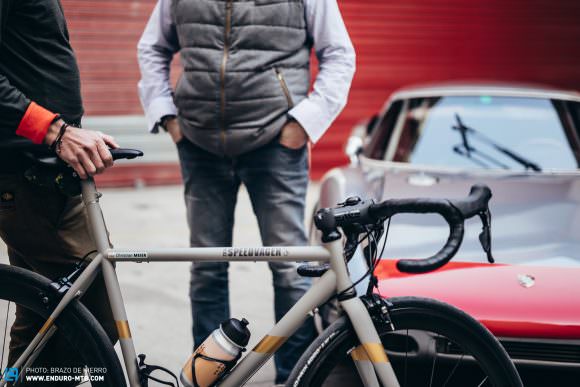
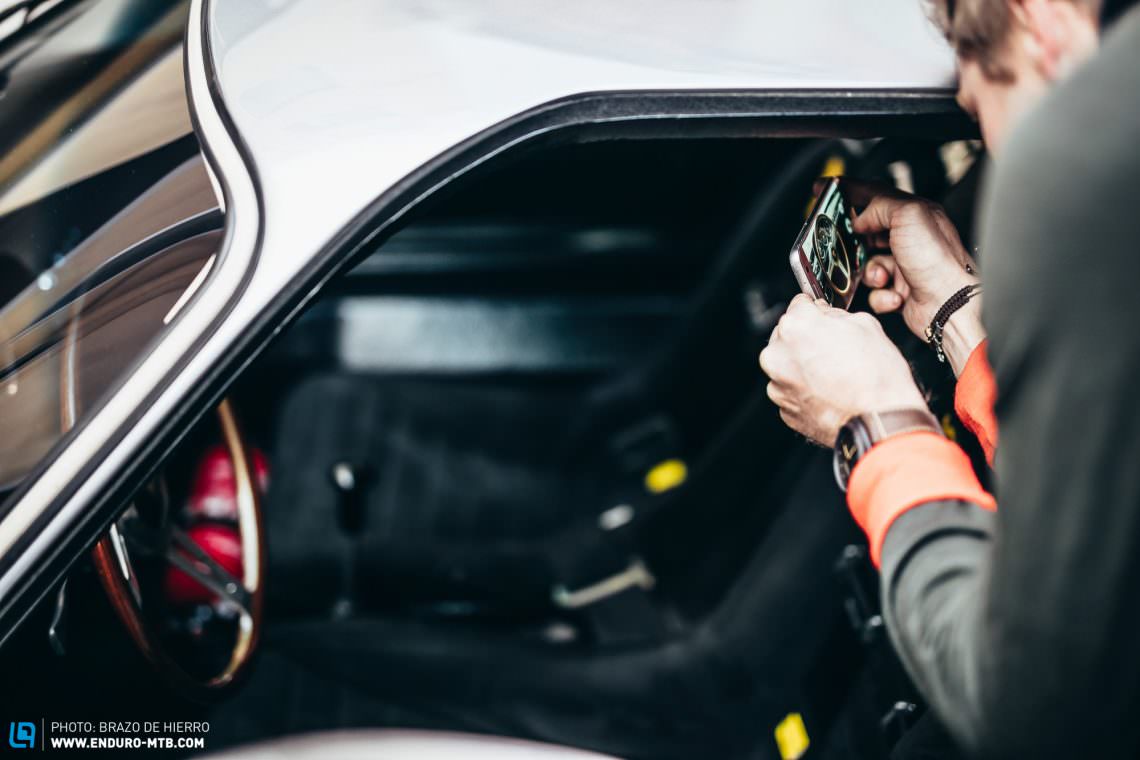
In times of mass production and constant availability, the emotional value of a product is under threat. A lot has become replaceable: a 1-Click-Buy on Amazon, prime delivery options and not even 24 hours later the courier rings your doorbell. But where remains the appeal in all of this? Christian Meier points out, quite rightly we think, that waiting times not only create a sense of joyful anticipation, but also allow a greater sense of appreciation, allowing the buyer some time to grow an emotional attachment with the object he or she ordered. That personal exchange with the “creator” of the object of desire, the knowledge that someone is creating something just for you, with craftsmanship and love of detail, the sweet/anxious wait for the completion of the object. That’s all worth so much more than a simple click on Amazon. Coffee guru and owner of two of the best cafés in Girona (some Americans travel all the way there just for his coffee), Christian knows well that people come here for more than just great coffee. They also look for the experience, the human contact in the morning: a friendly “hello” and a personal exchange that your coffee machine at home can’t offer.
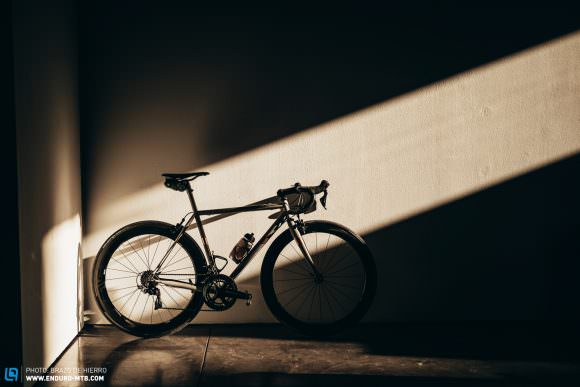
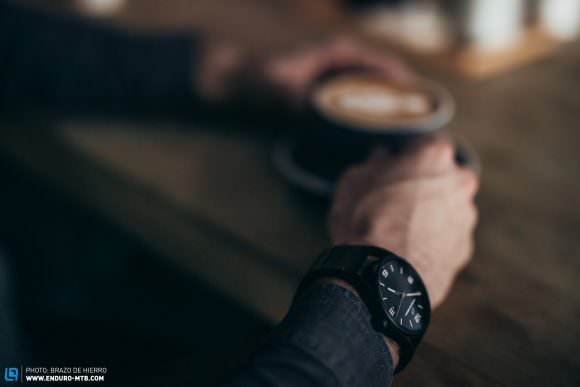
Is “Back to Basics” the vintage everyone is talking about? Looking at modern steel bikes, we might be lead to think that way, but appearances are deceiving. Timeless design and a sense of tradition don’t necessarily mean that something isn’t up to date. Watches are the best example for this: many models keep the vintage character thanks to classic shapes and designs, but technologically they’re totally up to date. The watch industry might be appearing dusty, but it’s actually incredibly innovative. Magnetic fields, as triggered by induction cookers or iPads, are a perfect example; these can seriously affect the correct functioning and the precision of a watch. So, whilst the look remains untouched, technical details are permanently updated and changed, new materials tested, in order to guarantee flawless functionality and advanced performance in a constantly changing environment.
The same principle applies to steel bikes. Aesthetically timeless, yet as far as technology goes, some of the newest models are totally up-to-date and modern. Trendy looking carbon models on the other hand are like Apple-Watches: exciting and innovative– but also so strongly subjected to the ever increasing speed of technological evolution, that after a short period of time they already look dated. You wouldn’t leave your kids an Apple watch as inheritance, would you?
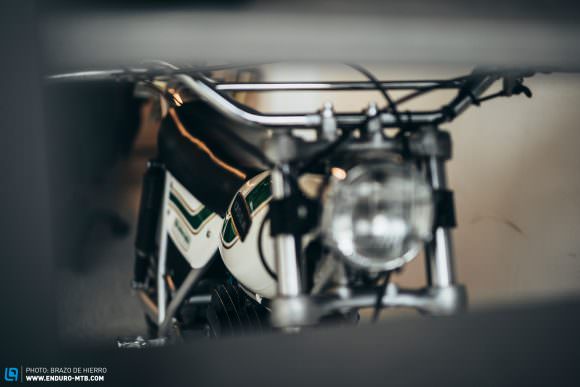
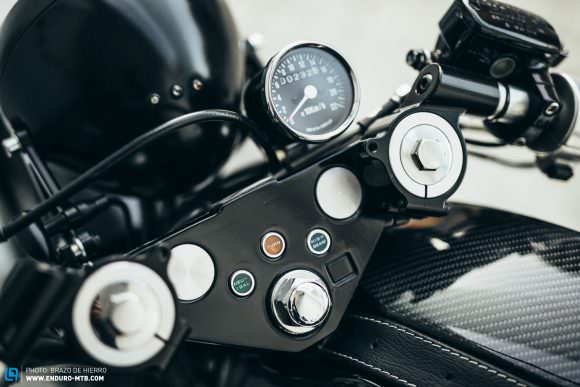
Still, it’s not only a question of design, but also a matter of functionality. If we observe the persistent trend of Café Racers, we realise that we are looking at timeless fun-machines. These are just simpler products which anyone can understand and repair. Amongst other things Chris Reitz’s design studio also modernises and customises older Triumph models. For many of his customers the performance of modern motorbikes is so extreme, almost dangerous, lastly frightening, that they opt for more comfortable and timeless models, which happily renounce the constant arms race.

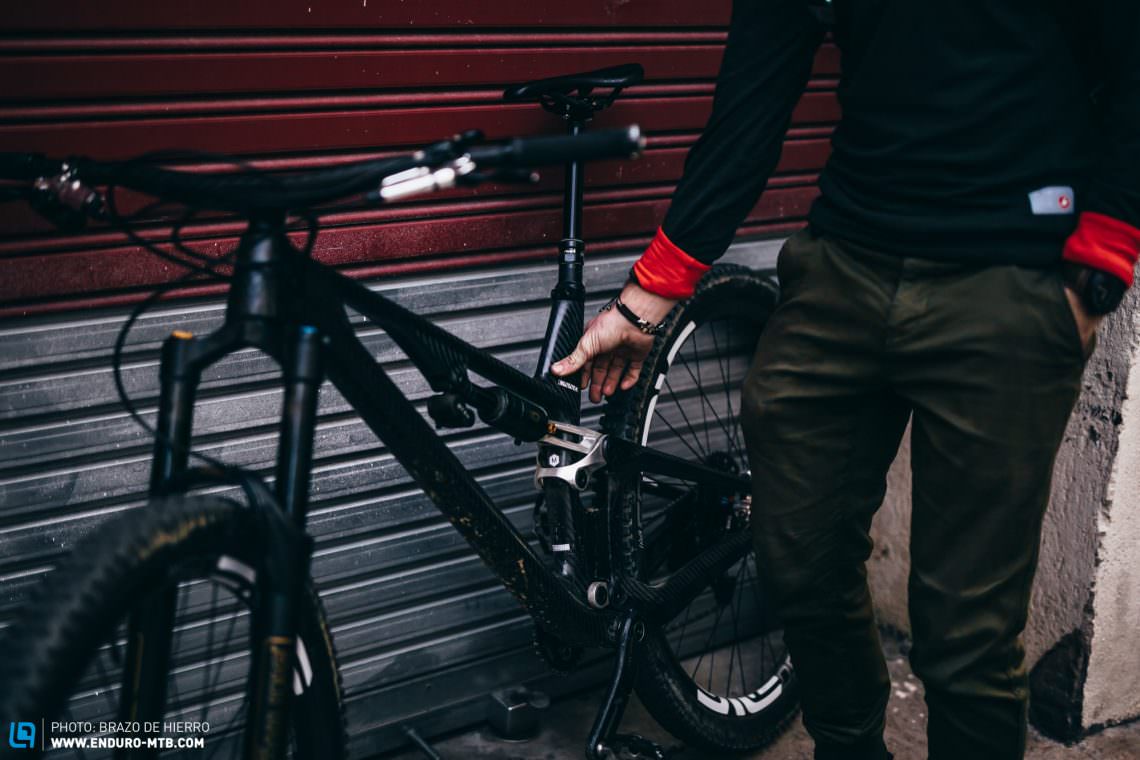
Is carbon still special?
Definitely not! These days the key question is not what we use, but how we use it. With carbon we can still create completely different frame designs. Yet the process of building a carbon frame incorporates an impressive amount of craftsmanship. With UNNO Bikes, Cesar has pushed carbon-manufacture to the limit: a limited edition of 15 units, all handcrafted in Barcelona– from the CNC-moulds through the small carbon parts all the way to the carbon layering, baking and finishing processes. Wow! The same fascination radiates from the 904 GTS, with its body shaped from composite materials for the first time, with lines that would melt every designer’s heart.
“Bikes are real retro-products “, says Cesar Rojo, “even when they’re made out of carbon- fibre.” Because it doesn’t only come down to the product, but also to how it’s being used. Despite the technical innovations, electronic shifting and mechanical parts, the bicycle still is seen as an analogue product: swing your leg over the saddle and start pedalling– simple.
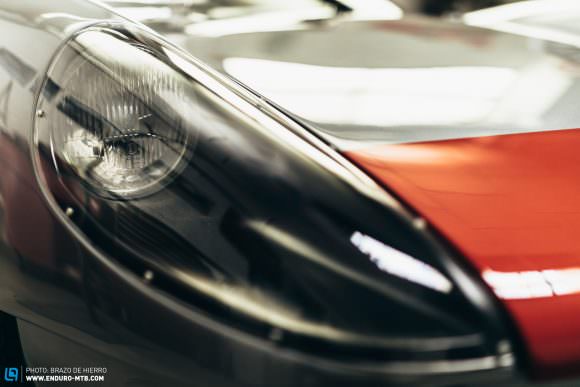

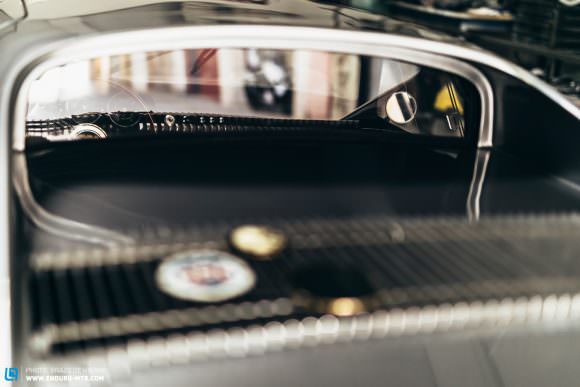
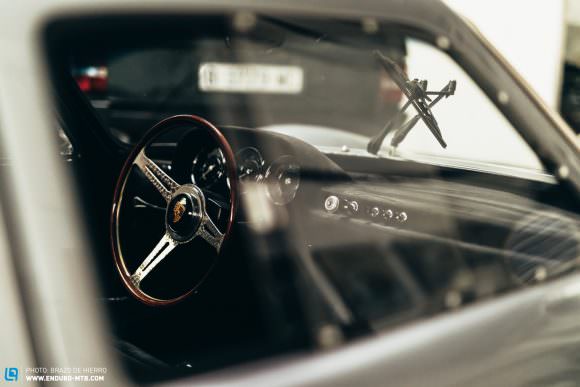

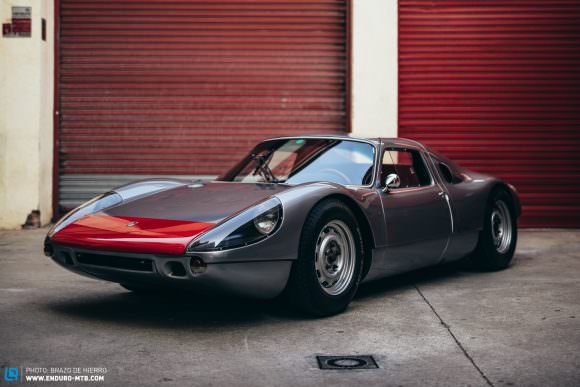
Back in the days Porsche released a limited number of 100 units of the 904 GTS, with the name Carrera GTS, at a price of 29,700 Deutsche Mark. Today some of these specimens are auctioned for over €2 million. So what exactly defines a price that sets the value of a luxury product?
By definition luxury items are just expensive and rare, but as Chris also adds, sometimes “redundant too”. It would be too easy to compare “expensive” and “considered luxurious” with actual, true Luxury; in the end, the definition is a subjective matter. Luxury doesn’t even necessarily relate to a specific product, for some of us it might just be time or a particular event, for others a TV set or a fridge. The more insecurity we carry inside, the more we cling onto the status and luxury-symbols dictated by our society.
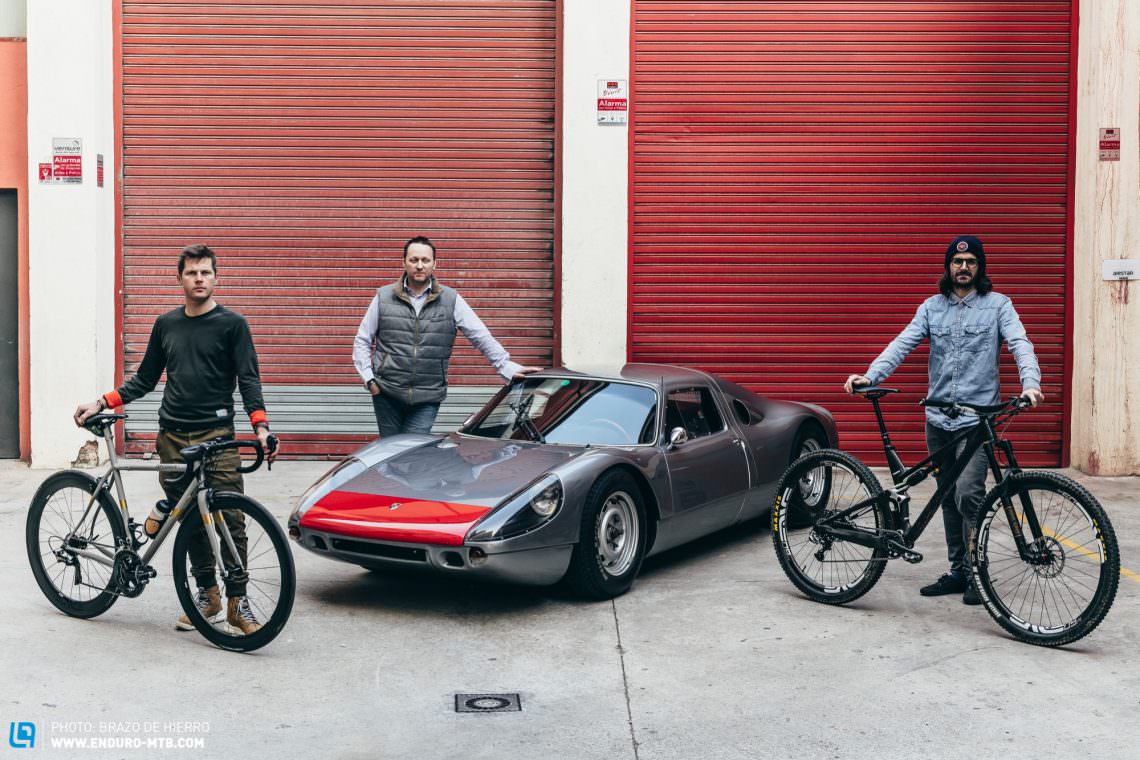
“Being able to switch off” is the real luxury “, Christian throws in. „Why would I even want to switch off?”, is the objection. „Time is the real luxury“. “Why take time off, when you already do what you love doing?“ The conclusions of our conversation take us back to the beginning of our considerations and its keystone: passion. Passion decides how much emotion, money or time we are ready to spend. This is the true, irrational and imponderable parameter we use to define luxury with. Because what is it worth, if it has no value to you?
Did you enjoy this article? If so, we would be stoked if you decide to support us with a monthly contribution. By becoming a supporter of ENDURO, you will help secure a sustainable future for high-quality mountain bike journalism. Click here to learn more.
Words: Charles Nicholson, Robin Schmitt Photos: Brazo de Hierro









